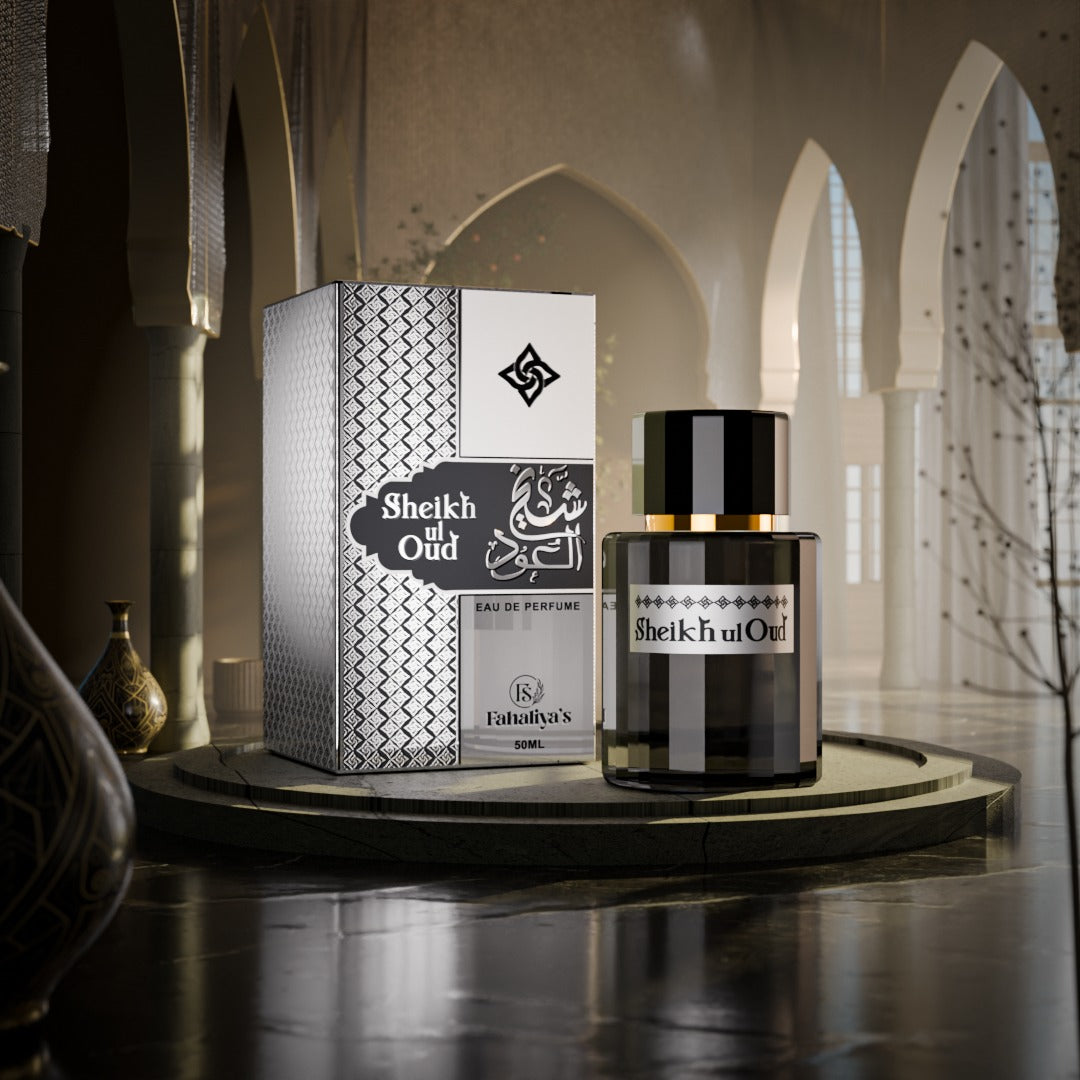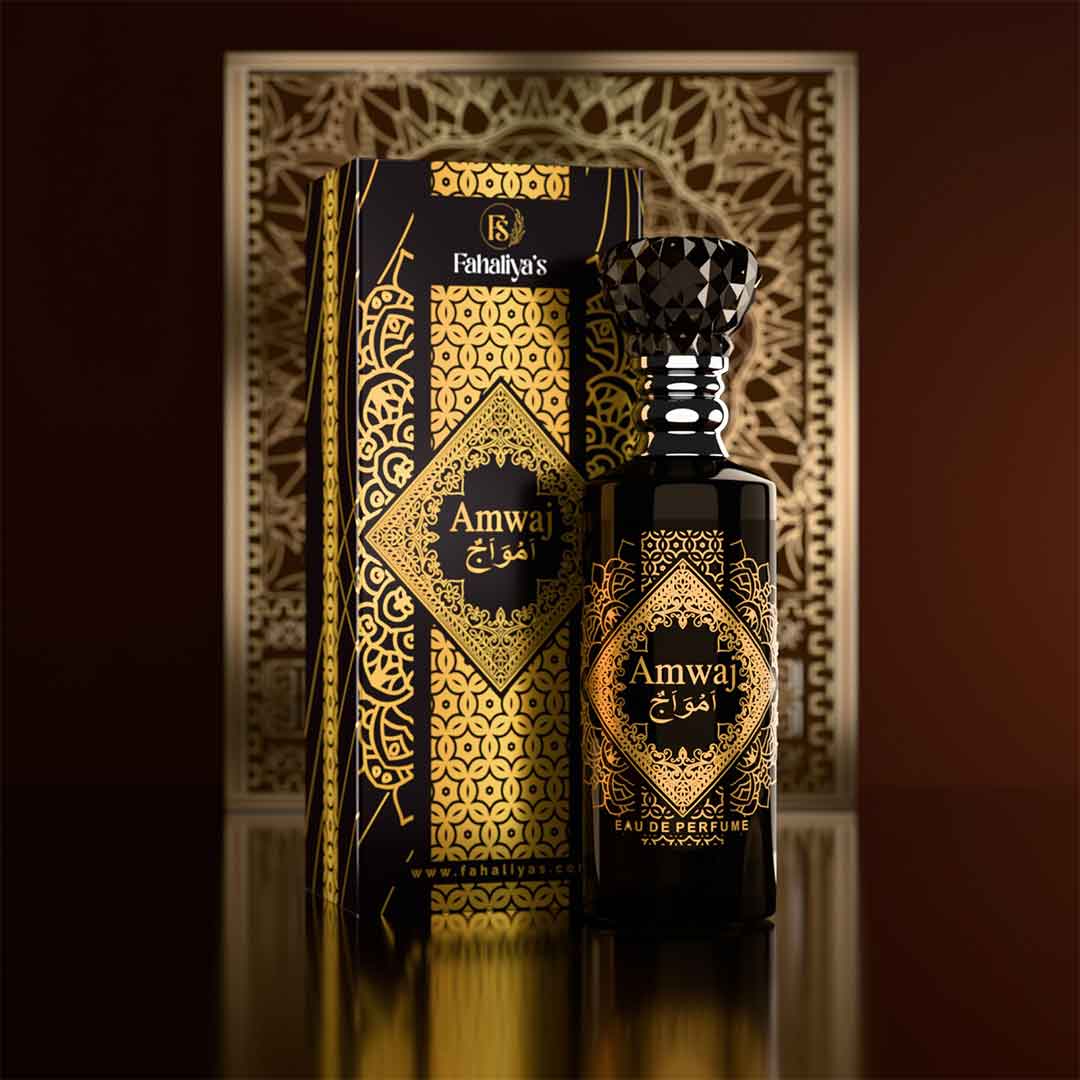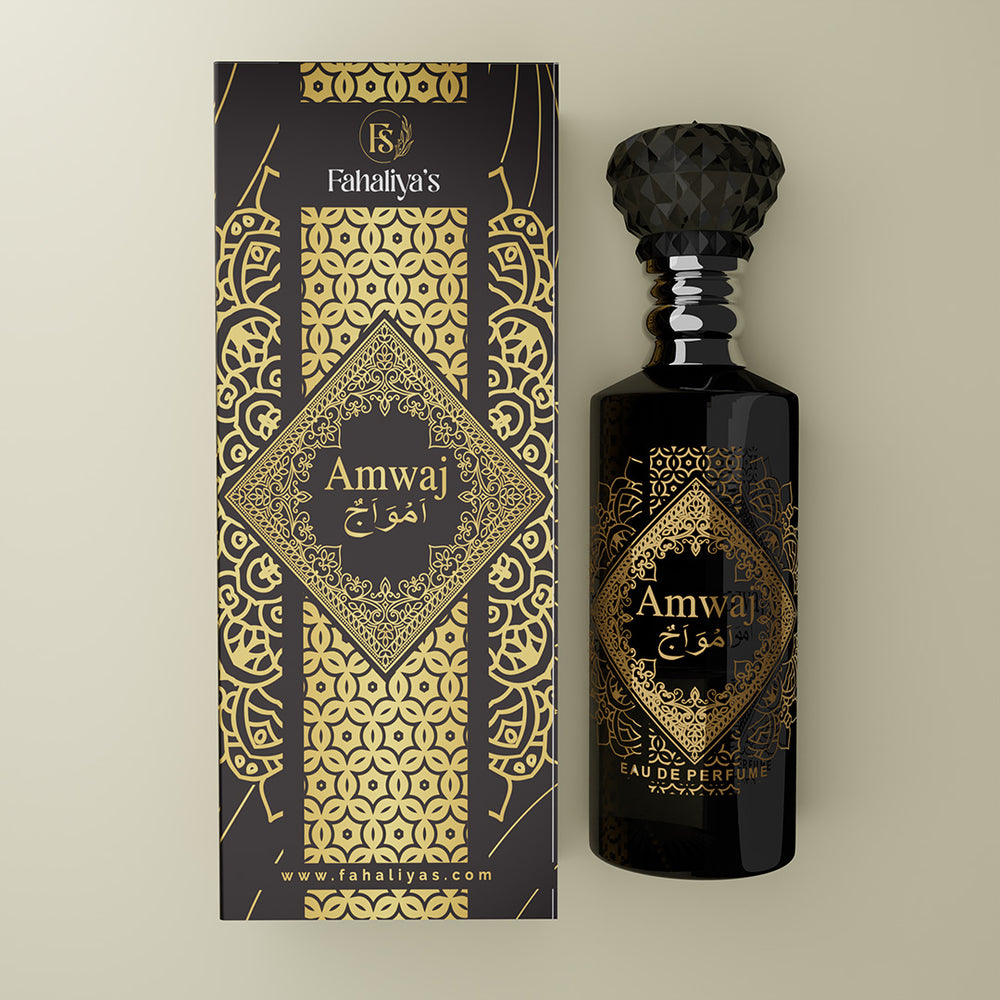7 Surprising Facts About Perfume
Perfumes are more popular worldwide. People wear them to smell good and cover up body odor from the day, especially at work. Wearing perfume boosts confidence and adds to your charm. It can make you look more attractive and appealing. Today with Fahaliyas, we'll explore some interesting facts about perfumes.
Fact # 1. Fragrance notes and their unconventional sources.
Sure, Bergamot comes from citrus trees and Vanilla comes from vanilla bean pods, but not all notes have such traditional origins.
There are some more interesting fragrance ingredient sources out there, such as:
Ambergris: a waxy material formed in the digestive tract of sperm whales that has an oceanic, animalic scent
Castoreum: an intense, leathery vanilla note that’s secreted from the castor sacs of beavers
Civet: used to add warmth to floral scents, it comes from the secretions of civet cats
For the most part, these ingredients are replaced with synthetic recreations in the fragrance industry. And rest assured, they definitely aren’t used at Commodity.
Fact # 2. Cookies as a fragrance.
In medieval Germany, gingerbread cookies were often used as a form of wearable fragrance. These cookies, infused with spices like cinnamon and ginger, would be worn around the neck or as charms to provide a sweet and spicy aroma.
Fact # 3. Napoleon Bonaparte’s infamous fragrance.
Napoleon Bonaparte, the French military and political leader who rose to prominence during the French Revolution, was known for his affinity for cologne. His favorite concoction was a blend of citrus oils, including Lemon, Orange, Bergamot and Neroli, as well as herbs.
He was known to apply copious amounts of cologne, both on his body and his clothing, and the excessive use earned him the nickname “the perfumed despot” or “the perfumed barbarian.”
Fact # 4. Solid perfume in ancient Egypt.
The use of solid perfumes dates back to ancient Egypt. They were typically composed of natural ingredients such as beeswax, plant-based fats and aromatic resins. Essential oils derived from flowers, spices and herbs were often added to create a pleasing scent.
Solid perfumes were commonly shaped into cones or disks and typically worn on the head. As body heat melted the wax or fats, the fragrance was released. Egyptians used solid perfumes for personal grooming and cosmetic purposes, but also to attract the favor of their gods.
Fact # 5. The smell of rain has a name.
The scent produced when rain falls on soil actually has a name: “petrichor.” It’s caused by the release of oils and compounds produced by soil-dwelling bacteria and plants. The presence of lightning during rainstorms can also affect the scent.
People are generally quite sensitive to the smell of petrichor. The smell of rain is often seen as a symbol of cleansing and renewal, many find the smell pleasant and refreshing.
Fact # 6. The scent of the perfume changes throughout the day.
The aroma of the perfume is based upon the different notes of perfumes, ingredients being used in the perfumes, and skin composition of us. You are likely to experience the different fragrance in your friend of the same perfume you apply on yourself after sometime.
Fact # 7. Repository for perfume.
You should make it ascertain to place your perfume bottles in a dark place away from the sunshine, extreme weather, and humidity. Keeping your bottles away from these factors is essential to secure your perfume, for instance, bathrooms and cars.
Conclusion
Perfume is more than just a nice smell—it's a confidence booster and a way to make a lasting impression. By understanding these surprising facts, you can choose the right fragrance that suits your style and personality. With Fahaliya's, you can find the perfect scent to match any occasion and feel your best.










